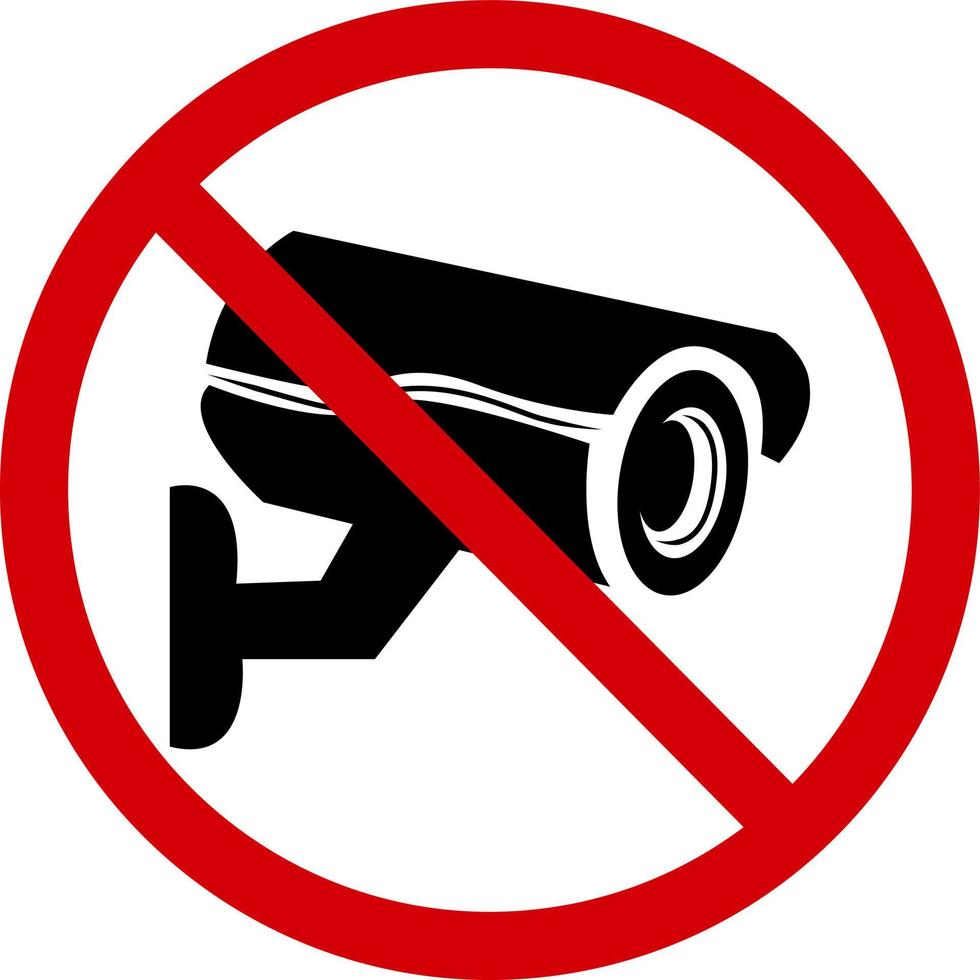I think a conversation about Hannah Montana Linux could be quite entertaining.
- 1 Post
- 75 Comments

 3·5 months ago
3·5 months agoThe fan is good, but the orientation seems like it would struggle pushing air between the drives. Maybe a push-pull setup with a second fan?
My general attitude is similar to yours. Let OP figure out that the reporting and blocking is basically just creating more noise that has to gets filtered out and bot supply is basically infinite.
“It’s a learning experience.”
Good luck with that, I suppose. Botnets can have thousands, if not hundreds of thousands of infected hosts that will endlessly scan everything on the interwebs. Many of those infected hosts are behind NAT’s and your abuse form would be the equivalent of reporting an entire region for a single scan.
But hey! Change the world, amirite?
I don’t want to go so far as to tell you how to think, but as long as we are talking about how to visualize IP addresses, you may want to check out subnets and subnet masking.
The notation of IP addresses starts to make sense when you think about the early days of TCP/IP when all IP addresses were public and NAT’ing wasn’t really required yet. Basically, there needed to be ways for networks to filter traffic by IP blocks that were applicable. (It was [in part] a precursor to collision avoidance, but absolutely not the full story.) We still use addressing and masking today, but it’s more obvious when it’s local. (Like in data centers, where it’s super practical to mask off a block of addresses for a row or rack of servers.)
To your point, yeah. IP addresses are probably more comparable to the Dewey Decimal System rather than actual numbers and thinking of them as strings is probably easier.
255
Small correction, but an important one: 0 is a number too.
In terms of IP masking and broadcast addresses, the max is 255.255.255.255
For those who are still confused, ping works with 32 bit unsigned integers. While there certainly are more uses, it’s a much more convenient method for storing IP address in a database as it’s easier to sort and index than 4 numbers separated by 4 periods
http://www.aboutmyip.com/AboutMyXApp/IP2Integer.jsp?ipAddress=1.1.1.1

 326·5 months ago
326·5 months agoThere is a place for that. It’s called 4chan.

 15·6 months ago
15·6 months agoThis has been a thing for years now. While I am sure it might annoy some pirates, it’s likely aimed at easily executed malware.
I deal with spam filtering on a daily basis and about 90% of it originates from Gmail. Most of that is just fishing/fraud. It would really suck if my users could easily detonate malware attachments, so this Gmail policy is a good thing for me.

 91·6 months ago
91·6 months agoI think you nailed it. For me personally, if I move to PieFed, it’s not because I want to “hurt” the devs, it’s because I really don’t want to be part of what they stand for.

 41·6 months ago
41·6 months agoI am not sure if I would trust a company that claims a glorified fanny pack will protect your health from EMF radiation.

 2·7 months ago
2·7 months agoThat needs to be in the form of a question, right?
I would look into something like Doppler instead of Vault. (I don’t trust any company acquired by IBM. They have been aquiring and enshittifying companies before there was even a name for it.)
Look into how any different solutions need their keys presented. Dumping the creds in ENV is generally fine since the keys will need to be stored and used somehow. You might need a dedicated user account to manage keys in its home folder.
This is actually a host security problem, not generally a key storage problem per se. Regardless of how you have a vault setup, my approach here is to create a single host that acts as a gateway for the rest of the credentials. (This applies to if keys are stored in “the cloud” or in a local database somewhere.)
Since you are going to using a Pi, you should focus on that being a restricted host: Only run your chosen vault solution on it. Period. Secure and patch it to the best of your ability and use very specific host firewall rules for minimum connectivity. Ie: Have one user for ssh in and limit another user account to managing vault, preferably without needing any kind of elevated access. This is actually a perfect use case for SELinux since you can put in some decent restrictions on the host for a single app (and it’s supporting apps…)
If you are paranoid enough to run a HIDS, you can turn on all the events for any type of root account actions. In theory once the host is configured, you shouldn’t need root again until you start performing patches.

 32·8 months ago
32·8 months agoThat’s what you just got shown: Shove the configgy bits into Git.
You will likely have to find the configs you want to save first.

 21·8 months ago
21·8 months agoInstances don’t have to be federated and instances federate and defederate from each other often enough. The goals of instances may not align, and to keep conflict low(er) it’s better if some instances cut ties.
TBH, this sounds like a technical issue between ml and nl or just a typo in the way you are posting.
While I thought it was basically an on/off switch for defederation, I suppose there could be a way to block updates from instances without fully defederating.
I am not going to get into the drama, but ml is defederated at a little higher frequency, but it’s not as high as some others. It’s because reasons, and is not relevant to this particular thread.
Wustite, ferrous oxide, is black. FeO.
Typical rust, usually found as hematite, is Fe2O3 and is red/brown. Also an iron oxide.
Magnetite is also another black iron oxide, Fe3O4.
There are quite a few other flavors of iron and oxygen too.

 41·8 months ago
41·8 months ago“the gays” in Russia:

Sorry if it sounded like my rant was directed at you as it absolutely wasn’t. Your comment triggered me, because I absolutely fully agreed with yours as well. ;)



Those logs are going to get slurped by another AI, of course.
That’ll be great in the case of my chats where I mainly use ChatGPT for security research and I trigger all kinds of LLM recursion issues and sanitization bypasses.
They can have at it with my logs and they can go fuck themselves at the same time.